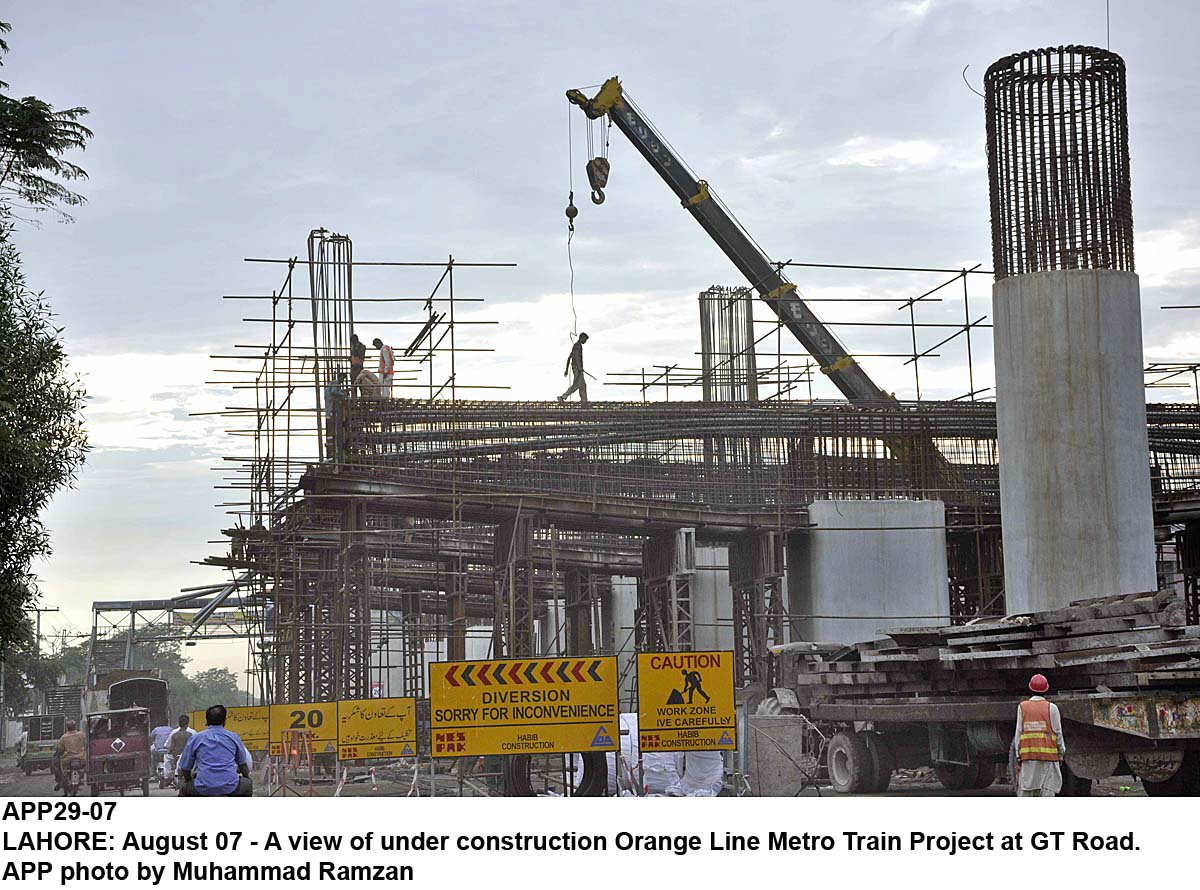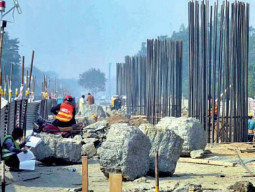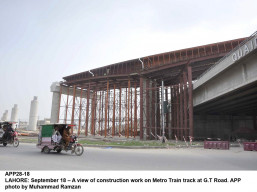
On August 19, the Lahore High Court suspended work on the project by stopping any construction within a radius of 200 feet of 10 different protected heritage sites coming falling in the way of the railway track.
The National Engineering Services Pakistan (Nespak), which along with China Railway Engineering Consulting Group is a consultant on the project, has challenged the court’s verdict, claiming the high court has erred in ignoring and disregarding the national and international “expertise, experience and status of the firm.
In case the court grants interim relief to Nespak, the government will have a free hand to continue with the construction on halted project. In case the Nespak counsel, including Shahid Hamid and Ayesha Hamid, fail to satisfy the court, the project may be further delayed.
In the appeal however, Nespak has glorified itself and questioned the LHC’s judgment, accusing it of ignoring and disregarding the national and international expertise, experience and status of the consultants.
Nespak has stated it has 3,997 employees comprising 1,347 professionals and 1,486 para-professionals. The firm has provided consultancy services for 3,440 projects with a cumulative cost of $231.50 billion up till January 31, 2015. It has also consulted for 505 projects in 37 foreign countries with foreign business accounting for nearly 30% of its earning.
The appeal states Nespak has expertise in many fields of engineering and economic development, including water resources, agriculture, energy, transportation, communications, supervisory control and data acquisition, environment, water supply and sanitation, architecture, structural engineering, civil works, urban planning, industry, oil and gas, information technology and geographic information system.
The appellant has stated the LHC has ignored the fact that the Orange Line Metro Train Project will benefit 250,000 passengers per day initially which is expected to go up to 500,000 passengers per day.
By August 30, an amount of Rs28 billion has been spent on this proposed 27.1 km project of which 25.4km is elevated track while 1.7km is underground. There are 20 elevated and six underground stations. The total cost of the project is expected to be $2 billion.
In its judgment, the LHC had recommended the Punjab government should consult a panel of international experts, including those of UNESCO, which determines the status of heritage sites across the world.
In the SC, Nespak has submitted that UNESCO has only raised objections on construction near Shalimar Gardens hence there is no need of involving the agency in the panel of experts.
From Nespak’s appeal, it is evident the government is hell bent on carrying out its project as designed at the cost of the 10 historically protected buildings. The heritage sites are Shalimar Gardens, Gulabi Bagh Gateway, Buddhu’s Tomb, Chauburji, Zebunnisa Tomb, Lakshmi Building, General Post Office (GPO), Aiwan-e-Auqaf (Shah Charagh) building, Supreme Court Registry Building, and Mauj Darya Darbar and Masjid.
Rather than ruining these historical places, the government needs to weigh up some other options to save national heritage sites.
Published in The Express Tribune, September 26th, 2016.
















1714131462-0/WhatsApp-Image-2024-04-26-at-4-21-45-PM-(1)1714131462-0-270x192.webp)







1714024018-0/ModiLara-(1)1714024018-0-270x192.webp)









COMMENTS
Comments are moderated and generally will be posted if they are on-topic and not abusive.
For more information, please see our Comments FAQ